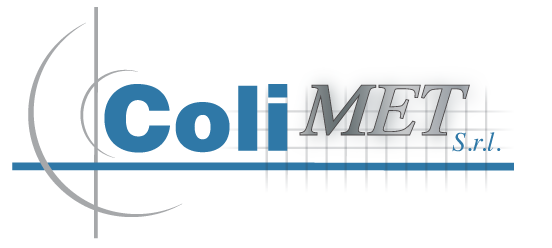The galvanizing process is simple and effective spray can be applied in the workshop or on site to restore rusty objects. It consists of the electric arc spraying of molten zinc, atomized and deposited on, pre-cleaned, by a jet of compressed air to 5,5 bar. The result is a zinc coating which has a dual protective function: Passive isolating the steel from the external environment and the underlying active or sacrificial because zinc is consumed in the place of iron.
Lo zinco, aluminum and their alloys shall comply with the EN ISO footsteps 14919-2001, the average distance between the gun and support is 15-25 cm, the metal deposition is carried out for cross-movements to obtain the desired thickness.
Compared to other techniques metallization corrosion (zincatura o alluminatura a spruzzo) presents numerous advantages: no limitation on the size of the articles to be treated, no risk of deformation because the surface of the support, unlike the hot-dip galvanizing, does not undergo deformation due to temperature; the different composition of the steel presents no problem and above all it is easy to paint.
The thickness of coatings can vary: for zinc from 50μ to 300μ up to 500μ and for aluminum from 100μ to 300μ. The roughness of the coating promotes adhesion of subsequent organic coating (paintings- paints) without any chemical pre-treatment and / or mechanical.
The metallization is carried out after taking into account the blasting:
Environment:
– 6 after hours if the work environment is protected and ventilated;
– 3 hours later when the work is performed outdoors and in dry atmosphere;
– 30 min later if the work is performed outdoors and in wet weather.
Humidity:
– 6 hours if the humidity is highest 60%
– 4 hours if the humidity is highest 75%
– 2 hours if the humidity is highest 85%
We must protect the steel from the elements like rain, the wind and the cold, In this regard the temperature of the steel should be indicative >3° C dew point.
Pretreatment of the surface according to EN ISO 13507:2001
Before you sandblast make sure the surface is clean, free from oil and grease and is rough. The objective of blasting is to remove impurities from the surface (traces of pre-existing paintings, rust, flakes of metal, oxides etc..) and obtain a degree of roughness necessary for the adhesion of zinc, aluminum and / or their alloys. The degree of purity (Standard EN ISO 8501-1:2001) ranges from a minimum SA 2,5 (near white metal 96%) a SA3 (white metal 99%). The roughness profile is (measured) with the roughness):
Ra 7-8μ for a coating < 120µ,
Ra 11-12μ for a coating >120µ,
Rz da 50 a 85µ
E 'preferable to use steel shot (angolosa) o di ghisa, or corundum. The compressed air must be dry and free from impurities. After blasting dust. The blast profile must be <50µ <100μ and gravel must be free from silicon and have a particle size 0,5-1,5 mm.
To determine the corrosivity of the atmosphere is used to the rules:
EN ISO 12944-1 e En ISO 12944-2
Minimum thickness Directive (µ) Recommended:
Controls:
– Verify the absence of rust or impurities according to EN ISO 8501: 2001,
– Measure the degree of roughness on the surface roughness,
– Check if the surface has been well dusted in accordance with EN ISO 8502-3:1995
Recommendations:
a) Quality control of coating which: measurement of the thickness, appearance and adhesion in accordance with EN ISO 2063:2005.
b) Store in a dry place; transport to the colorificio for the painting must be protected because the moisture could create problems of flaking of the coating, for which it is recommended to perform the painting in the same place. Perform painting as quickly as possible, is entered in cantiere 4 hours, in the workshop no later than the 24 hours.

